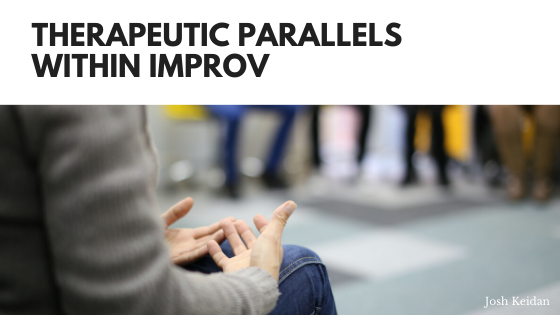If you’ve ever enjoyed a stand-up routine from your favorite comedian, you know how therapeutic a good laugh can be. Laughter takes your mind off of your worries and gives your brain a little time to recover. That is until you resume focusing on your problems instead of the good things you have to be thankful for.
You could conclude that improv comedy and psychotherapy are similar in some ways because comedians and therapists use many of the same techniques to engage the audience or patient.
Distinct Parallels Discovered
One professor of psychology at the University of the Rockies, Dr. Allen Cornelius, has been speaking about the similarities between therapists and improv comedians. He has acknowledged the fact that humor and laughter can greatly reduce stress and anxiety levels, and that it should be incorporated into treatment for those suffering from depression and anxiety disorders.
Dr. Cornelius states that the reason we feel stress is due to feelings of inadequacy. When we find that we are perfectly capable of fulfilling our obligations, there is a release of stress and a resultant feeling of relief. The same kind of principle works with comedy. The comedian sets up the joke to the audience, firstly. The audience expects a different ending to the joke than the one the comedian finally presents as the punchline. The result of that is stress-releasing laughter.
Comparing Counseling and Improv Skills
Improve comedians engage with their audiences in much the same way therapists do. Before therapists can begin working on their clients, they have to strike a connection with them. Sometimes, humor might be used as a way of “breaking the ice” between therapist and patient.
It’s up to the therapist to read between the lines when their patients speak to them. There is hidden meaning in their words, and therapists understand this. The same is true for comedians; they have to decode the looks and sounds they receive from the audience to be able to tell if their act is funny or not. If not, they move to a different subject or joke.
Audience members and the comic have a connection with each other during the performance. By the end of the performance, the improve comedian wants his audience feeling better than they did when they first arrived. The same is true for therapists in a more relevant way.

